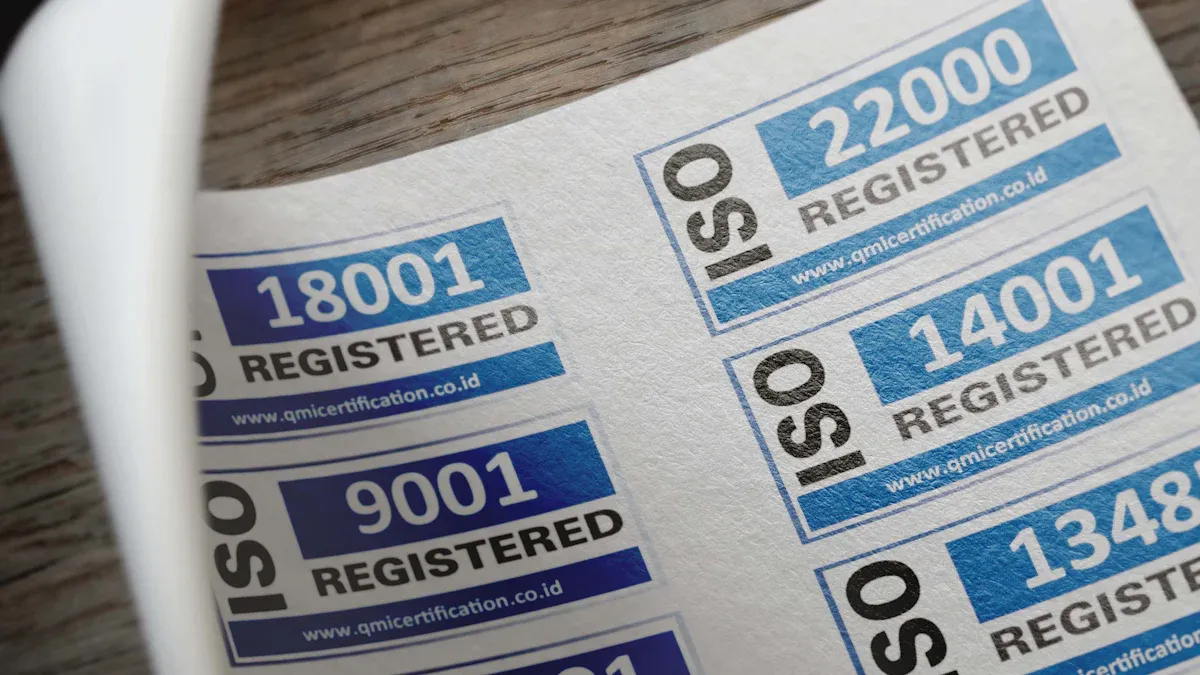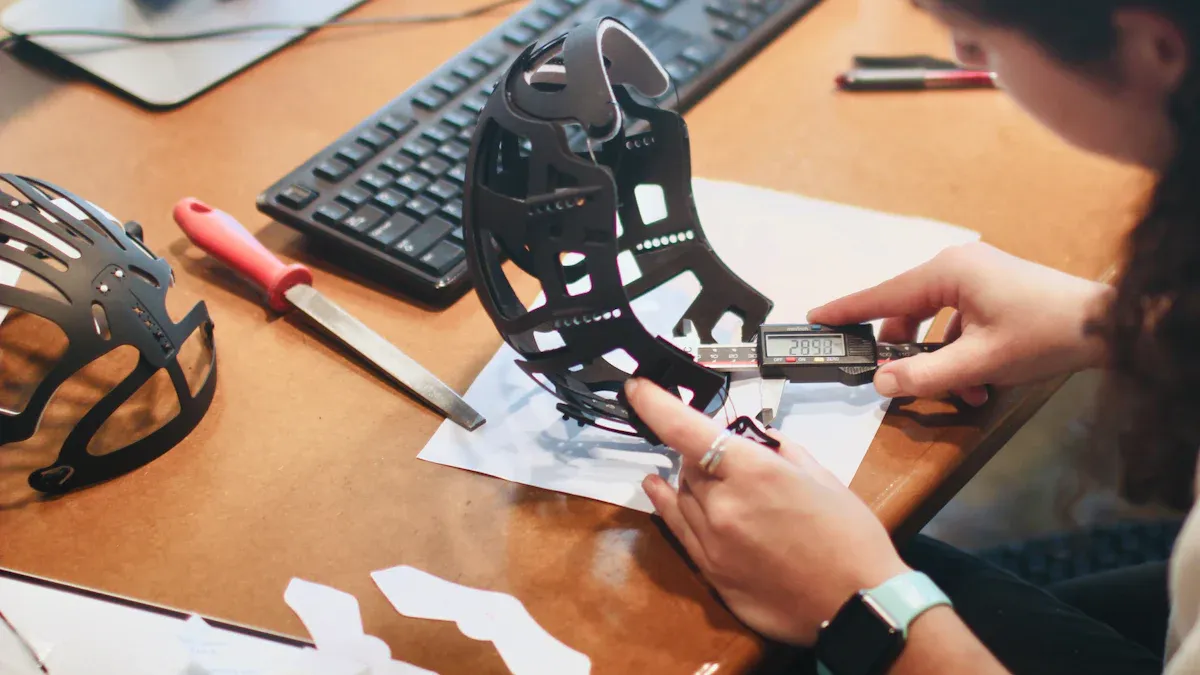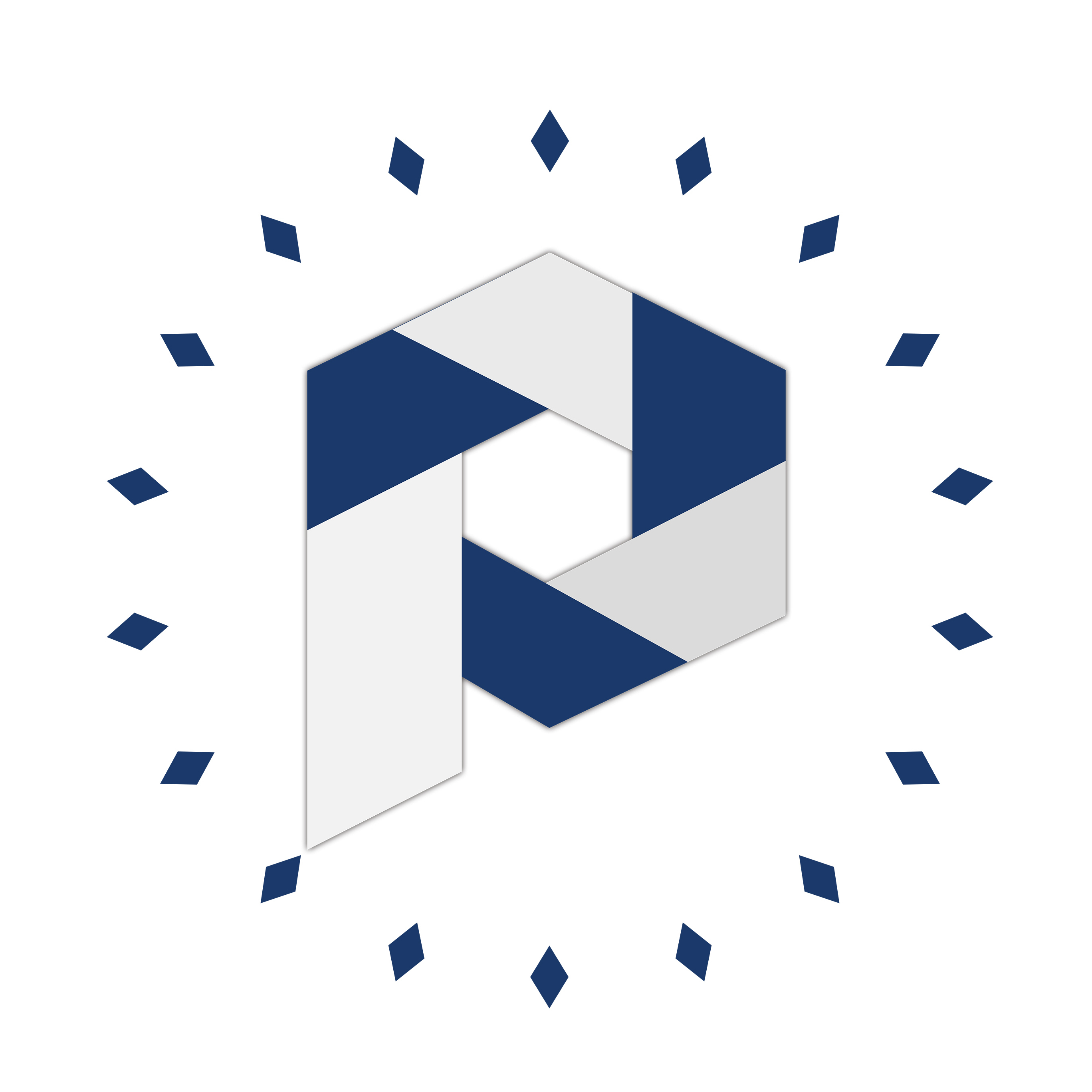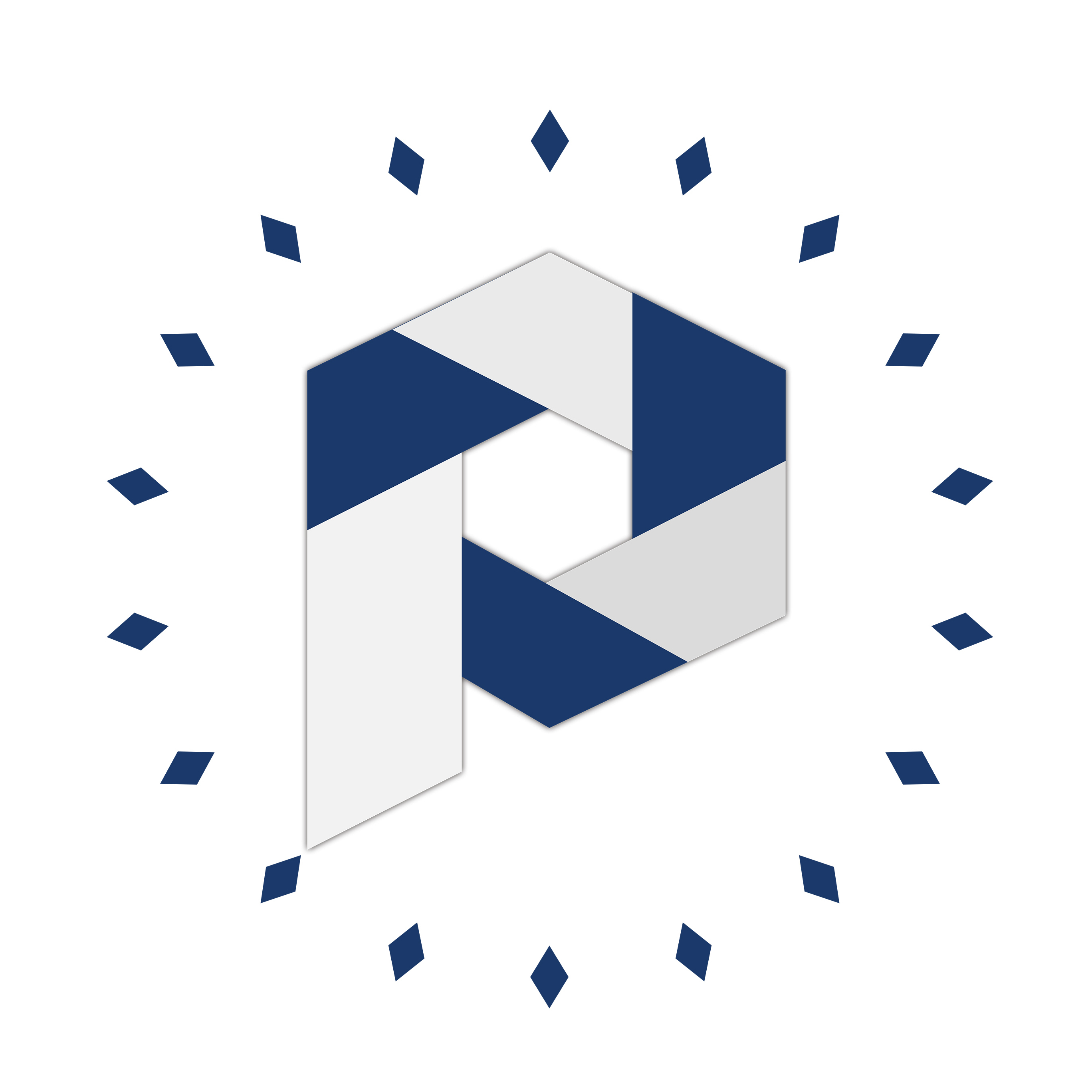What Makes QRQC Essential for Modern Quality Control

Quick Response Quality Control (QRQC) helps solve problems fast. It finds and fixes issues at their source. QRQC is useful for handling quality problems well. This method makes sure products are good and customers are happy. QRQC works faster and more accurately than older methods. Using QRQC keeps things steady and makes work better over time.
Understanding Quick Response Quality Control

Defining QRQC
Quick Response Quality Control (QRQC) is a way to fix problems fast. It finds issues quickly, studies their causes, and stops them from happening again. Unlike older methods, QRQC focuses on acting right away and working together as a team to keep quality high.
QRQC is not just a method—it’s a way of thinking. Everyone in the company, from workers to managers, must take part. This teamwork helps solve problems early and keeps quality as a top goal.
Key Part | What It Means |
|---|---|
Finding Problems | Spotting issues when they happen. |
Sharing Problems | Telling others about the issues quickly. |
Studying Problems | Looking into why the issues happened. |
Checking Solutions | Making sure fixes work and stop the issue. |
Goals | - Don’t send bad products to customers. |
- Stop the same problems from happening again. | |
- Make suppliers faster and better. | |
- Pay more attention to quality issues. | |
Team Effort | QRQC needs everyone to work together, led by management. |
Acting Fast | Quickly solving problems if deadlines are missed. |
Fixing Together | Getting everyone involved in solving problems. |
Using Resources | Bigger problems need more people and tools to fix them. |
By using these steps, QRQC helps companies handle quality problems quickly and correctly.
How QRQC is Different from Old Methods
QRQC is different from older ways of checking quality. Older methods often check for problems later and fix them slowly. QRQC works faster by finding and fixing problems right away.
Here’s how they differ:
Fast Action: Old methods take longer to find and fix problems. QRQC solves problems as soon as they appear.
Fixing Causes: Older ways often fix only the surface problem. QRQC finds and fixes the main cause so it doesn’t happen again.
Teamwork: QRQC gets everyone involved in solving problems. Old methods may rely on just one person or department.
Always Improving: QRQC focuses on getting better all the time. Older methods may only try to keep things the same.
Tip: Using QRQC can make products better, reduce mistakes, and save time. It’s a smart choice for companies that want to stay ahead in today’s fast-moving world.
Switching to QRQC helps companies keep high-quality standards and meet the needs of modern industries.
Core Principles of QRQC
Acting quickly on quality problems
It’s important to act fast when problems happen. QRQC focuses on finding issues quickly and fixing them right away. This stops problems from spreading and keeps customers happy. Companies that act fast can protect their reputation and avoid bigger issues.
For example:
Crisis Management at Pepsi: The 1993 Syringe Hoax
Pepsi faced fake claims about syringes in cans.
They worked with the FDA and showed their process on media.
Their quick action brought back trust, and sales recovered fast.
QRQC’s quick action plan helps fix problems before they grow. It keeps work smooth and products dependable.
Finding and stopping the main cause
Fixing a problem isn’t enough; you need to know why it happened. QRQC finds the main cause of problems and stops them from happening again. This method improves quality and prevents future mistakes.
Here are examples:
A factory cut defects by 80% after fixing machine errors.
A hospital reduced medicine mistakes by 90% by adding clear rules.
By solving the main cause, you stop repeat problems and make steady improvements.
Working together for better results
Good changes happen when everyone helps. QRQC gets teams to work together to solve problems and improve. When workers share ideas and care about quality, the company gets stronger.
Teamwork brings new ideas and lasting solutions. QRQC builds a culture where everyone works to make things better all the time.
Tip: Include your team in every step of QRQC. Their ideas can lead to big improvements in quality.
Benefits of QRQC for Quality Improvement
Solving quality problems faster
Fixing problems quickly stops bigger issues from happening. QRQC helps solve problems fast by acting right away and working as a team. This keeps work running smoothly and avoids delays.
With QRQC, you can:
Solve problems quickly when they happen.
Work together as a team to find solutions.
Avoid delays and keep production moving.
Keep improving processes to make them better over time.
Using QRQC lets you handle problems fast, protect your work, and keep customers happy.
Making products and processes more reliable
QRQC makes products and processes better by fixing the main causes of problems. Instead of just fixing small issues, it stops the real problem. This makes products better and keeps processes working well.
For example, QRQC helps you:
Stop the same problems from happening again.
Make work smoother by fixing inefficiencies.
Always improve steps to make things better.
When you focus on reliability, you create better products and smoother processes. This improves your reputation and makes customers happier.
Saving money and working more efficiently
Using QRQC saves money and makes work better. Fixing problems early and improving workflows reduces waste and extra costs from mistakes.
Benefit | What It Does |
|---|---|
Fixing problems faster | Finds and solves issues quickly. |
Better product quality | Makes fewer mistakes and happier customers. |
Smoother workflows | Reduces waste and improves efficiency. |
Stopping future problems | Prevents the same issues from coming back. |
Smarter use of data | Helps make better decisions and improvements. |
Lower costs from mistakes | Saves money by avoiding rework and defects. |
Better resource use | Uses tools and people more effectively. |
Happier customers | Builds trust and keeps them coming back. |
By improving systems and cutting waste, QRQC helps save money and work better. It ensures quality while keeping operations efficient.
Tools and Techniques in QRQC

Visual management tools
Visual tools are important for quick response quality control (QRQC). They help track performance, find problems, and act fast. These tools show data in simple ways, like charts or dashboards. For example, color-coded alerts can show issues right away.
Using visual tools improves safety, quality, cost, delivery, and teamwork. Here's how:
Performance Category | Key Metrics | Benefits |
|---|---|---|
Safety | Number of incidents, Days incident-free | Helps spot and prevent dangers |
Quality | Defective items, Customer claims | Fewer mistakes and happier customers |
Cost | Inventory cost, Waste cost | Cuts waste and saves money |
Delivery | Lead time, On-time delivery | Faster shipping and satisfied customers |
People | Employee turnover, Training completion | Better teamwork and happier workers |
Real-time visual tools also help find defects and improve work speed. They let you fix problems quickly, keeping things running smoothly.
Note: New technology has made visual tools better and more accurate.
Problem-solving frameworks
Problem-solving frameworks help find and fix issues step by step. These methods improve processes and keep quality under control.
Some popular frameworks include:
PDCA: Plan, Do, Check, Act. This method helps improve work steadily.
DMAIC: Define, Measure, Analyze, Improve, Control. It uses data to reduce mistakes.
QRQC: A fast way to solve problems on the spot.
Four A’s: Assess, Analyze, Address, Act. It removes delays and boosts efficiency.
8D: A team-based method to find and fix root causes.
Each method has its strengths. PDCA focuses on steady improvement. DMAIC is great for cutting errors. QRQC works best in fast-moving workplaces.
Data analysis and reporting systems
Data systems are key for keeping quality high. They collect and study data to help make smart choices. By spotting trends, they help stop problems before they grow.
For example, advanced tools can track defect rates or customer feedback. This shows where to improve. Automated systems also lower human mistakes, giving accurate results.
Using data well makes work better and faster. These systems help keep quality strong in a competitive world.
Steps to Implement QRQC Effectively
Building a QRQC culture and team
To start QRQC, build a team that values quality. Create an environment where everyone helps solve problems. Managers should set examples by acting quickly and working together. Training can teach employees QRQC ideas and how to use them daily.
Good communication is key for a strong QRQC culture. Regular meetings let teams share ideas and check progress. Visual tools, like charts, show areas needing improvement. When everyone works as a team, you can stop problems from happening again.
Tip: Celebrate team efforts to inspire workers and highlight quality's importance.
Identifying and prioritizing issues
Finding and ranking problems is important for QRQC success. Focus on issues that affect performance the most. Use data to check and rank problems by how often they happen and how serious they are.
Methodology Type | What It Does |
|---|---|
Data Verification | Confirms data is correct by checking for errors or duplicates. |
Validation Procedures | Makes sure data follows rules using checks and reviews. |
Anomaly Detection Methods | Spots unusual patterns with statistics or machine learning. |
Data Quality Assessment | Summarizes problems and gives advice for fixing them. |
These methods help find the biggest problems. By focusing on top issues, you can use resources wisely and make the biggest improvements.
Conducting root cause analysis
Finding the main cause of problems stops them from repeating. Look deeper to understand why issues happen. Methods like the Five Whys can help find the real cause and fix it for good.
Case Study 1: Manufacturing Defect - A car company found dirty equipment caused defects. Adding regular cleaning reduced defects a lot.
Case Study 2: Healthcare Incident - A hospital saw more patient falls due to bad schedules. Fixing staff schedules cut falls by a big amount.
Fixing the main cause solves problems at their root. This makes work better and keeps things running smoothly.
Note: Always write down what you learn from root cause analysis. Share it with your team to improve together.
Implementing corrective actions
Fixing problems is important to keep quality high. When a problem is found, acting fast stops it from getting worse. Clear goals and plans help guide your actions and ensure success. For example, if a factory finds a defect, aiming to cut defects by 50% in a month gives clear direction.
To fix problems well, follow these steps:
Understand the problem: Know what went wrong and why it happened.
Set clear goals: Decide what success looks like and how to measure it.
Give tasks to the team: Make sure everyone knows their role in fixing it.
Check progress: Use data to see if your actions are working.
Acting quickly is key to success. For example:
Setting clear goals helps you track improvements.
Collecting data shows if your solutions are working.
Looking at results helps you adjust plans based on facts.
By solving problems quickly and carefully, you build a system for always getting better.
Monitoring progress and driving improvement
Watching progress makes sure fixes lead to lasting changes. Monitoring systems give useful information about quality. For example, checking products often ensures they meet standards. Real-time data shows problems right away so you can fix them fast.
Here’s a look at helpful monitoring systems:
Monitoring System | What It Does |
|---|---|
Regular Checks | Looks at product standards, like food freshness, to ensure quality. |
Real-time Data | Spots problems instantly, like weight errors in production. |
Process Control | Finds common and unusual issues in production processes. |
Feedback Tracking | Tracks things like returns to see how changes are working. |
To improve, use these systems to find patterns and make processes better. For instance, process control helps find repeated problems, while feedback tracking shows if changes are successful. Using these tools together keeps quality high and ensures steady progress.
Tip: Check your data often and update your plans to avoid future problems.
FAQ
What is the main goal of Quick Response Quality Control?
The main goal is to fix quality problems fast. It finds issues, studies why they happen, and stops them from coming back. This keeps products good and customers happy.
How does QRQC differ from traditional quality control?
QRQC acts fast and uses teamwork. Old methods take longer to respond. QRQC fixes problems right away, stopping them from growing worse. This saves time and makes work smoother.
Can small businesses implement QRQC?
Yes, small businesses can use QRQC too. Train your team, use simple tools like charts, and solve problems quickly. Even with fewer resources, QRQC helps improve work and keep quality high.
What tools are essential for QRQC?
Important tools include charts, step-by-step problem-solving methods like PDCA, and software to study data. These tools help find problems, track progress, and fix things well.
How does QRQC improve customer satisfaction?
QRQC keeps products reliable by fixing problems fast and stopping repeats. This builds trust with customers, making them happier and more loyal.
See Also
Exploring QFD, FMEA, And DOE's Impact on Manufacturing Quality
Understanding MOQ and Its Effects on Request for Quotes
Defining Functional Testing in CNC and Die Casting Operations
Exploring Advantages of CAE Analysis for Die Casting Design
A Guide to Various Heat Treatment Process Types
About Hunan Puka
Established in 2016 and based in Hunan, China, with a liaison point in Berlin, we are a Tier 2 supplier for the automobile industry. We specialize in the production of customized aluminum die-casting parts designed for machines with a closing force ranging from 280 to 1250 tons, with subsequent manufacturing process CNC machining and surface treatment. Our commitment to quality is reflected in our accredited quality management system, certified by ISO9001:2015 and IATF16949:2016 standards.


